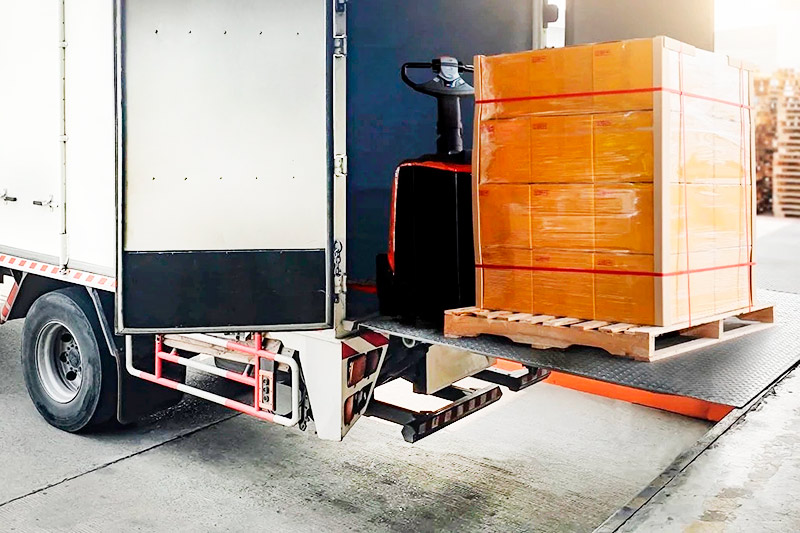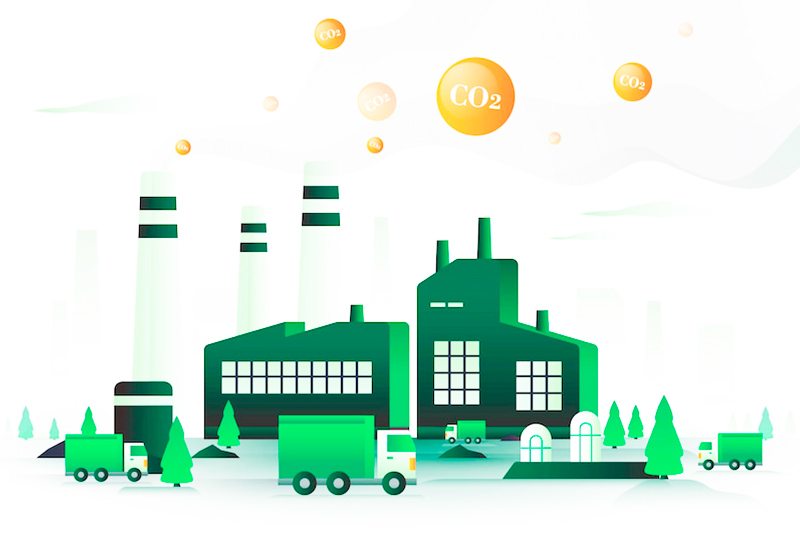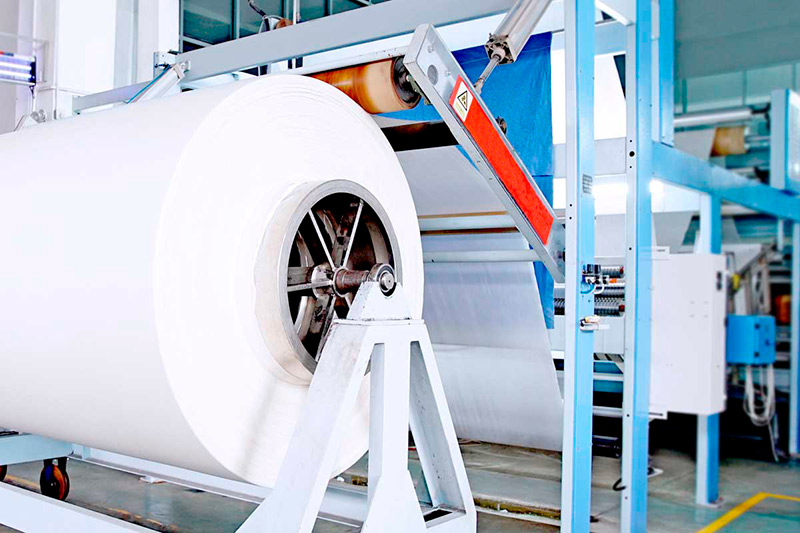Buying non-woven products from European manufacturers such as Laystil offers a series of significant benefits that go beyond the advantages of this type of product. One of the most outstanding aspects is the ease of scheduling orders. By being in close proximity to the manufacturers, direct and efficient communication is established, which facilitates the planning of orders in a precise manner and adjusted to the customer’s needs. This proximity allows greater flexibility in adapting production to demand, thus optimising resources and reducing waste.

Delivery times are also considerably reduced. Geographical proximity means shorter transport times, which translates into faster and more efficient deliveries. This agile timing not only benefits customers by getting their products to them in a timely manner, but also contributes to a more dynamic and resilient supply chain.
Another crucial aspect is the assurance of higher quality in the products purchased. Physical proximity allows for more direct and constant monitoring of manufacturing processes, which translates into high quality standards. Direct communication between buyers and manufacturers facilitates the implementation of adjustments and improvements immediately, thus ensuring a first-class end product.

In addition to the business benefits, purchasing nonwoven products from local manufacturers also contributes to environmental sustainability. The reduction of the carbon footprint is evident by minimising transport times and distances. Local production means fewer emissions associated with transporting goods, promoting a greener and more responsible approach. This conscious choice not only benefits the company in terms of efficiency, but also advocates more environmentally friendly business practices.
In short, the decision to purchase non-woven products from European manufacturers not only boosts operational efficiency and product quality, but also actively contributes to the reduction of the carbon footprint, promoting a more sustainable supply chain that is connected to the needs of the local environment.








